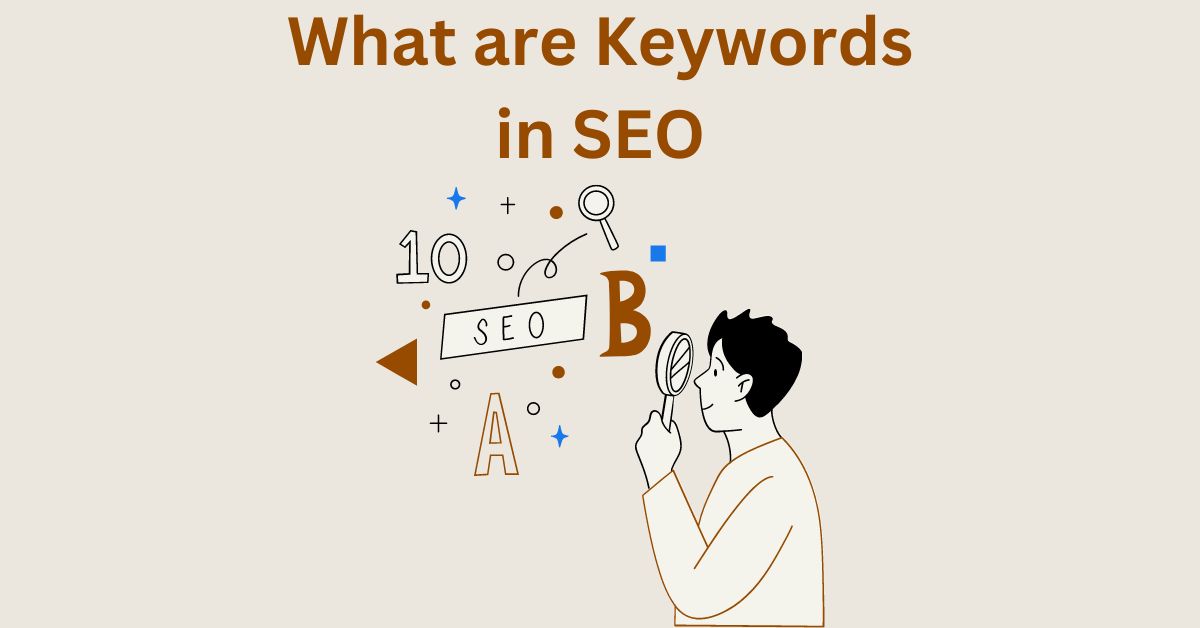SEO Keywords Explained: The Backbone of Online Visibility
Estimated reading time: 3 minutes
Last updated on May 21st, 2024 at 07:50 am
Alright, let’s think of keywords like the secret codes that help Google understand what your website is all about.
When people search for something online, they type these codes (keywords) into Google.
For instance, if you’re looking for a pizza place, you might type “best pizza near me.”
Now, here’s the cool part: 75% of users never scroll past the first page of search results.
So, using the right keywords on your website helps it pop up on that crucial first page.
What exactly are Keywords?
As I said, Think of keywords as the secret codes that help search engines understand what your website is all about.
When you type something into Google, those are keywords.
For example, if you’re looking for a recipe, “easy chocolate cake recipe” is your set of keywords.
They are like the magic words that connect people to the information they’re searching for.
Importance of Keywords
Imagine you’re throwing a surprise party, and you need to find the best decorations.
You’d use specific words like “party decorations” to find what you need, right?
Well, on the internet, keywords work the same way.
Using the right keywords on your website helps it show up in search results when people are looking for something related.
About 75% of users never scroll past the first page of search results, so being on that first page with the right keywords is crucial!
Types of Keywords
Keywords come in different flavours.
There are short ones, like “chocolate,” and longer ones, like “best chocolate cake recipe for beginners.”
Short keywords are like a quick summary, while longer ones get into more details.
Long-tail keywords, like the second example, are super specific and can help your site attract a more targeted audience.
About 70% of all web searches consist of long-tail keywords, showing how people are getting more specific in their online searches.
Knowing the types of keywords and using them wisely is like speaking the language that search engines understand, helping your website get noticed.
Keyword Research
Imagine you’re a detective trying to solve a mystery.
Keyword research is a bit like that – it’s the process of figuring out which words people are using to search for things online.
Tools like SEMrush can help you discover what words or phrases are popular.
It’s like finding the clues that lead you to where your audience is hanging out online.
Keyword Optimization
Now that you have your detective clues, it’s time to use them strategically.
Keyword optimization is like arranging those clues in a way that makes sense to both your audience and search engines.
It involves placing your keywords in the right spots on your website, like in titles, headings, and naturally throughout your content.
It’s like creating a map that helps both users and search engines navigate your site easily.
The Role of Keywords in SEO
Think of SEO (Search Engine Optimization) as the magical potion that helps your website become more visible online.
Keywords play a starring role in this potion.
When used effectively, they tell search engines what your content is about, helping them show your website to the right audience.
About 40% of revenue comes from organic traffic, showing how important it is to get your keywords right for SEO.
It’s like having the perfect recipe to make your website stand out.
Wrapping Up
Keywords play a central role in digital marketing, SEO, and paid advertising.
They act as the link between users’ search queries and the content or products/services businesses offer.
Through effective keyword research, optimization, and monitoring, businesses can enhance their online presence, attract targeted traffic, and drive conversions.
